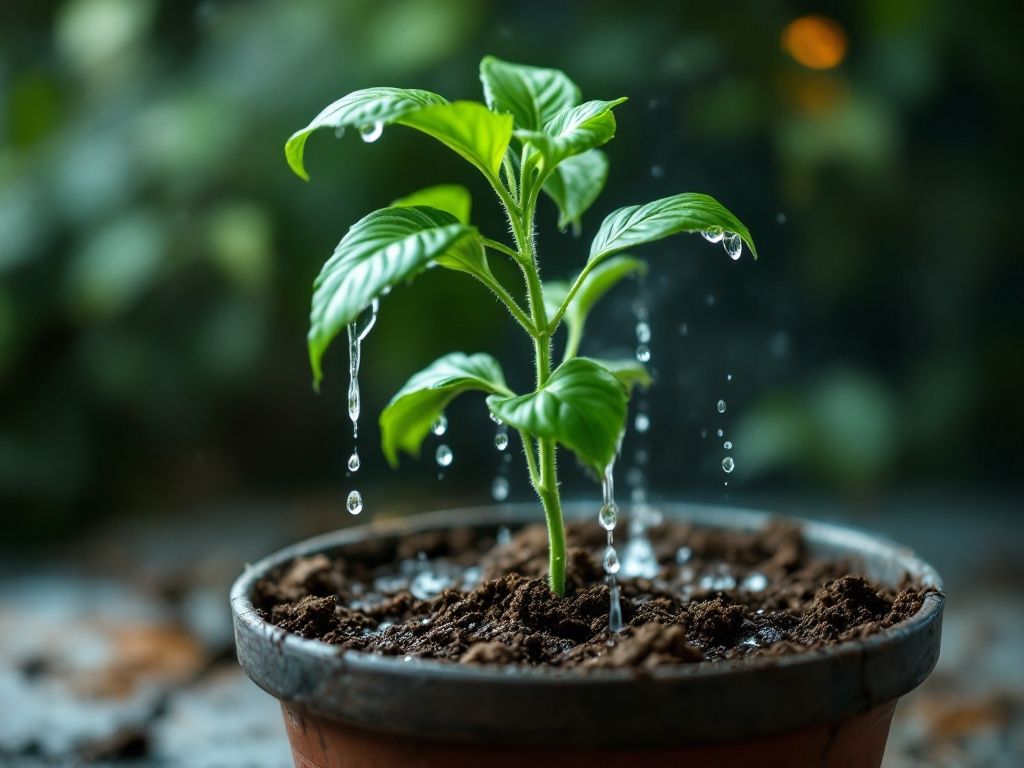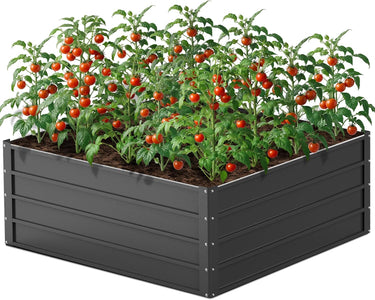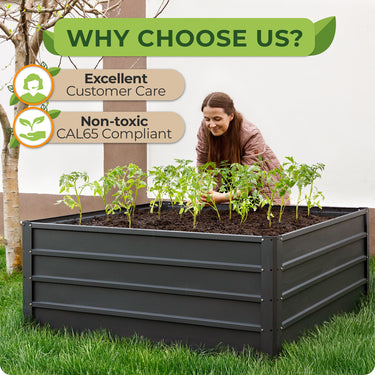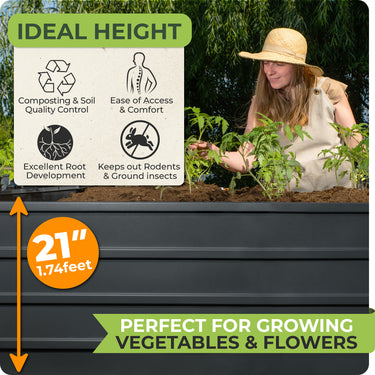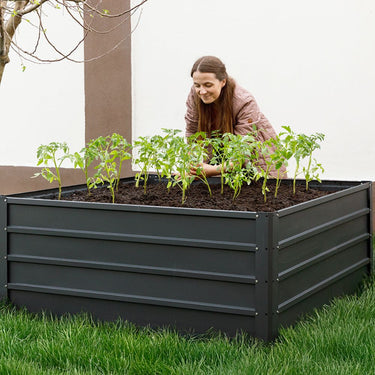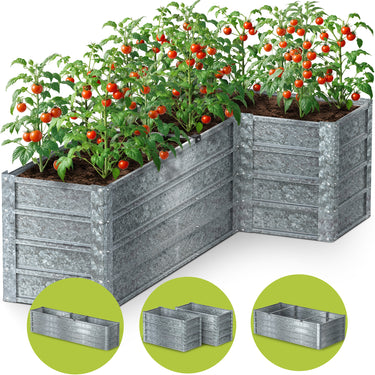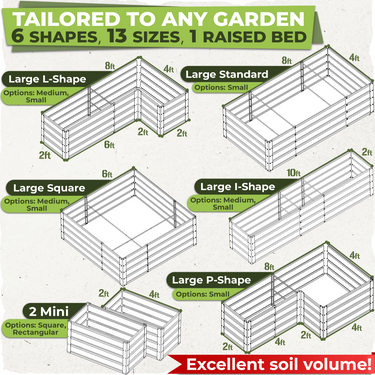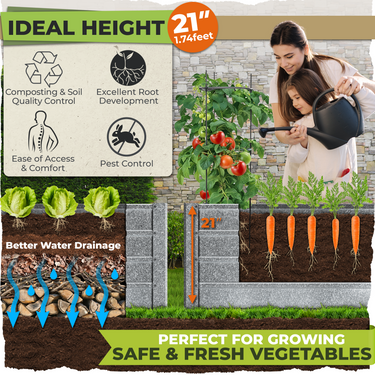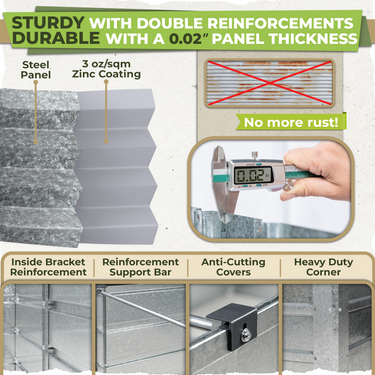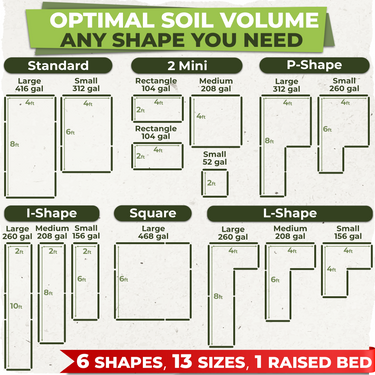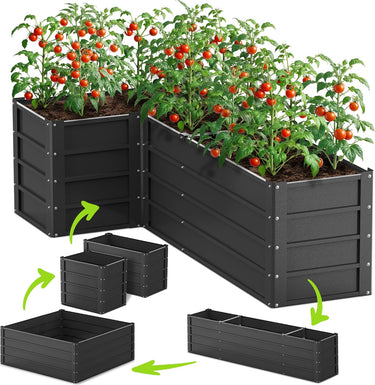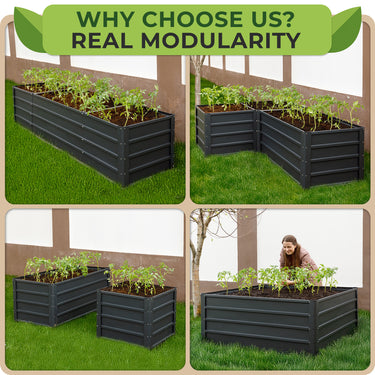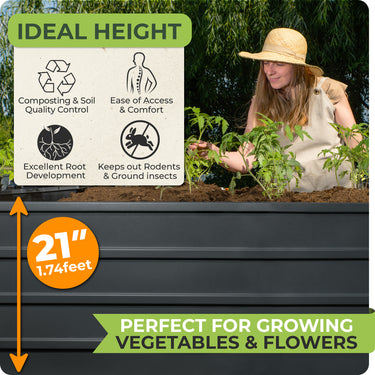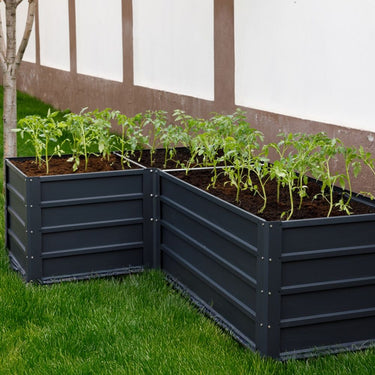
Overwatering is a prevalent issue that can severely impact plant health, affecting both indoor and outdoor plants. It occurs when plants receive more water than they can effectively use or drain, leading to waterlogged soil and oxygen-deprived roots. This problem is particularly common among novice gardeners who may mistakenly believe that more water equates to better care. However, excessive watering can be just as harmful as underwatering, if not more so.
The primary causes of overwatering include poor drainage, frequent watering without allowing the soil to dry between sessions, and using containers without adequate drainage holes. Environmental factors such as high humidity, low light, and cool temperatures can also contribute to overwatering by reducing the plant's water uptake and evaporation rates. These conditions are often present in indoor environments, making houseplants particularly susceptible to overwatering. Recognizing the signs of overwatering and understanding how to address this issue is essential for any gardener or plant enthusiast seeking to cultivate healthy, vibrant plants.
In this article, we will discuss the key signs of overwatering, their impact on plant health, and effective strategies to prevent and remedy this common issue.
Table of Contents
Understanding the effects of overwatering and its impact on plants
When plants receive excessive water, a cascade of negative effects compromises their health and vitality. The primary damage occurs at the root level, where waterlogged soil displaces oxygen from the spaces between soil particles. This lack of oxygen creates an anaerobic environment that prevents roots from respiring properly, leading to suffocation and eventual decay. Known as hypoxia, this condition can rapidly deteriorate the entire root system.
As root function declines, the plant struggles to absorb essential nutrients, resulting in visible symptoms such as yellowing leaves (chlorosis), stunted growth, and premature leaf drop. The weakened state of overwatered plants also makes them more vulnerable to pests and diseases. Moist conditions encourage the growth of pathogens, especially soil-borne fungi that cause root rot.

Surprisingly, overwatering can mimic the symptoms of underwatering. Damaged roots lose their ability to transport moisture effectively, causing leaves to wilt despite the presence of excess water in the soil. This phenomenon, known as physiological drought, can also manifest as leaf edema (blisters or lesions) and necrosis at the leaf tips and margins, appearing as brown or yellow discoloration.
Prolonged exposure to excessive moisture can have lasting effects on plant development. Growth may slow, stems may become weak, and flowering or fruiting can be significantly reduced. Additionally, essential nutrients may leach from the soil, exacerbating deficiencies and further weakening the plant.
Common signs of overwatering plants
Recognizing the indicators of overwatering is crucial for maintaining healthy plants. Here are some key signs that your plants may be receiving too much water:
-
Yellowing leaves, particularly on the lower parts of the plant, are one of the most common signs of overwatering plants. This discoloration occurs due to nutrient deficiencies caused by root damage and is often referred to as chlorosis.
-
Paradoxically, overwatered plants may also wilt, despite having plenty of moisture. The leaves often feel soft and limp to the touch, unlike the crisp texture of underwatered plants. This wilting is a result of the plant's inability to transport water effectively due to root damage.
-
Root rot is a serious condition that can be fatal to plants. Signs include mushy, dark-colored roots, a foul odor emanating from the soil, and stunted growth or sudden decline in plant health. The roots may appear brown or black instead of the healthy white or tan color.
-
Edema, where cells in the leaves burst due to excess water absorption, creates raised, watery blisters on leaves or stems. These blisters may eventually turn into corky, brown spots.
-
Consistently wet soil creates an ideal environment for fungal growth. You may notice white, fuzzy mold on the soil surface, green algae growth, or the presence of fungus gnats. These pests are attracted to the moist conditions and can further damage plant roots. Overwatered plants may also shed both old and new leaves at an accelerated rate as the plant attempts to reduce water uptake and transpiration. This leaf drop is a stress response to the excess water.
-
Brown leaf tips and edges, while often associated with underwatering, can also indicate overwatering, especially when combined with other symptoms like soft, yellowing leaves. This browning occurs due to the accumulation of salts and minerals in the leaf tips, which cannot be properly transported through the damaged root system. Plants that are consistently overwatered may exhibit slow or stunted growth as their root systems struggle to function properly in waterlogged soil. This reduced growth is a result of the plant diverting energy to survival rather than new growth.
Yellowing or wilting leaves
As we explained in a concise form before, yellowing or wilting leaves are prominent indicators of overwatering. While it may seem counterintuitive, an overwatered plant can display symptoms similar to underwatering. The key difference lies in the texture and appearance of the affected foliage.
When a plant receives excessive water, its leaves often turn yellow, particularly on the lower parts. This discoloration occurs because the waterlogged roots cannot effectively absorb nutrients, leading to deficiencies that manifest as yellowing. The process, known as chlorosis, begins with the older leaves at the bottom of the plant and progresses upward. For instance, the leaves may appear pale or have a washed-out look, starting from the interveinal areas and spreading to the entire leaf.

Wilting is another telltale sign of overwatering. Despite the abundance of moisture in the soil, the plant's roots struggle to take up water efficiently due to oxygen deprivation. As a result, the leaves may droop and look limp, even when the soil is visibly wet. This wilting can be particularly confusing for gardeners, as it mimics the appearance of a plant in need of water. The phenomenon, known as physiological drought, occurs because the damaged roots cannot supply water to the upper parts of the plant effectively.
To distinguish between overwatering and underwatering, pay attention to the leaf texture. Overwatered plants have leaves that feel soft and limp to the touch, while underwatered plants have leaves that feel crisp and dry. If you notice yellowing or wilting leaves accompanied by consistently moist soil, it's likely that your plant is suffering from overwatering. Additionally, overwatered plants may develop water-soaked spots or blisters on their leaves, a condition known as edema. These blisters occur when cells take up more water than they can process, causing them to rupture and form corky lesions as they heal.
Root rot and soil issues
Root rot is one of the most serious consequences of overwatering plants and can be fatal if left untreated. It occurs when roots are constantly saturated, depriving them of oxygen and creating an ideal environment for fungal pathogens to thrive. Key indicators of root rot include mushy, dark-colored roots that may have a foul odor, stunted growth or sudden decline in plant health, and wilting despite moist soil. The roots affected by rot will appear brown or black, in contrast to healthy roots which are typically white or light-colored.
In addition to root rot, overwatering can lead to other soil-related issues. These include compacted, waterlogged soil that lacks proper aeration, growth of mold or algae on the soil surface, and the presence of fungus gnats, which thrive in consistently wet conditions. Also, the soil may develop a sour or musty smell, indicating anaerobic decomposition processes. This anaerobic environment not only harms the roots but also alters the soil microbiome, potentially leading to long-term soil health issues.

To identify these problems, carefully remove the plant from its pot and examine the root system and soil. Healthy roots should be firm and light-colored, while the soil should be moist but not saturated. If you notice any signs of overwatered plants, such as soggy soil or discolored roots, immediate action is necessary to save the plant. The soil should have a balanced moisture content, neither waterlogged nor completely dry, and should not emit any unpleasant odors.
Addressing root rot and soil issues often involves trimming away affected roots with clean, sharp tools, repotting the plant in fresh, well-draining soil, and adjusting watering practices to prevent future overwatering. It's crucial to improve soil drainage by adding materials like perlite or coarse sand to the potting mix. Using nursery pots with proper drainage holes can also help prevent waterlogging. When repotting, ensure that the new container is not significantly larger than the previous one, as excess soil can retain more moisture than the plant needs.

Photo source: Carpathen.com
By recognizing these overwatered plant problems early and taking appropriate action, you can often rescue affected plants and prevent further damage to your garden or indoor plant collection.
How to tell if a plant is overwatered or underwatered?
Determining whether a plant is overwatered or underwatered can be challenging, as both conditions can produce similar symptoms. However, there are key differences to look out for:
-
Signs of overwatering can be traced by identifying yellowing leaves, especially on the lower parts of the plant, wilting despite moist soil, soft, limp leaves that feel mushy, brown spots or edges surrounded by yellow halos on leaves, mold or algae growth on soil surface, and fungus gnats flying around the plant. The soil may feel consistently wet or waterlogged, and there might be a musty odor emanating from the pot. Overwatered plants may also exhibit slow growth or leaf drop as the plant struggles to cope with excess moisture.
-
On the other hand, signs of underwatering include crisp, dry leaves, particularly at the edges, wilting with dry soil, slow growth or leaf drop, brown, brittle leaf tips, and compact, hard soil. Underwatered plants may also have leaves that curl inward or develop a dull, lackluster appearance. The soil will feel dry and may pull away from the sides of the pot. Underwatered plants often have a more uniform pattern of wilting compared to overwatered plants.

To differentiate between an overwatered plant and an underwatered one, check soil moisture by inserting your finger about an inch into the soil. If it feels soggy or waterlogged, it's likely overwatered. If it's bone dry, it's underwatered. Assess leaf texture: overwatered leaves feel soft and limp, while underwatered leaves are crispy and dry. Observe root health by carefully removing the plant from its pot. Overwatered roots appear dark and mushy, while underwatered roots are dry and brittle.
Consider recent care and reflect on your watering habits and environmental conditions to determine which scenario is more likely. Factors such as pot size, soil type, and plant species can all influence water requirements. For example, using planters with proper drainage can help prevent overwatering issues. Consequently, pay attention to the plant's overall appearance and growth rate, as overwatered plants often show signs of stress throughout the entire plant, while underwatered plants may have more localized symptoms.
By carefully observing these signs and considering the plant's recent care, you can accurately diagnose whether your plant is suffering from too much or too little water and take appropriate action to restore its health. Remember that consistent monitoring and adjusting your care routine based on your plant's specific needs is key to maintaining optimal plant health.
Steps to save an overwatered plant
If you've identified signs of overwatering in your plants, there are several steps you can take to save them:
First, stop watering immediately. This is the most crucial step. Allow the soil to dry out significantly before considering any further watering. This may take several days to a week, depending on the severity of overwatering and environmental conditions. During this time, monitor the plant closely for any changes in its condition.
Next, improve drainage. Ensure your plant has proper drainage. If it's in a pot, check that there are drainage holes at the bottom. You may need to repot the plant in a container with better drainage or add materials like perlite or coarse sand to improve soil aeration. For outdoor plants, consider using raised garden beds to enhance drainage and soil quality. Raised beds allow for better control over soil composition and can significantly reduce the risk of waterlogging.

Photo source: Carpathen.com
Carefully remove the plant from wet soil. Gently extract the plant from its current pot or soil. Shake off excess soil and inspect the roots thoroughly. Healthy roots should be firm and white, while overwatered roots may appear brown, black, or mushy. This step allows you to assess the extent of root damage and take appropriate action. Be gentle during this process to avoid further stress to the plant.
Trim damaged roots using clean, sharp scissors or pruning shears. Remove any rotted or damaged roots. This helps prevent further decay and allows the plant to focus energy on healthy root growth. Be sure to sterilize your tools before and after use to prevent the spread of pathogens. However, get rid only of the clearly damaged portions, as excessive pruning can shock the plant.
Repot in fresh, well-draining soil. Choose a pot with adequate drainage holes and fill it with a fresh, well-draining potting mix. Avoid reusing old soil, as it may contain harmful pathogens. When repotting, ensure the plant sits at the same depth as it was previously. Consider adding a layer of gravel or small stones at the bottom of the pot to further improve drainage. Select a pot that is appropriate for the plant's size, as an oversized pot can retain excess moisture.
Prune affected foliage to help the plant recover. Remove any yellowed, wilted, or damaged leaves. This allows the plant to direct its energy towards recovery rather than maintaining compromised foliage. Use clean, sharp pruning tools to make clean cuts and avoid tearing the plant tissue. Be conservative in your pruning, removing only the most affected parts to maintain as much healthy foliage as possible.
Adjust environmental conditions to support recovery. Place the plant in a location with bright, indirect light and good air circulation. Avoid direct sunlight, which can stress an already weakened plant. Maintain a consistent temperature and avoid drafts. If possible, increase humidity around the plant to support recovery, but avoid misting the leaves directly. Consider using a humidity tray or a small humidifier if the air is particularly dry.

Photo source: Carpathen.com
Monitor and adjust watering habits as your plant recovers. Be vigilant about watering. Only water when the top inch of soil feels dry to the touch. Use the finger test or a moisture meter to assess soil moisture in the future. For outdoor plants, consider implementing a drip irrigation system to ensure consistent and controlled watering. Adjust watering frequency based on factors such as light exposure, temperature, and humidity. Observe the plant's response to your new watering routine and make adjustments as necessary.
In conclusion, recovery from overwatering requires patience and consistent care. Regularly monitor your plants for signs of stress and adjust watering habits accordingly to create a healthier growing environment. Ensuring proper drainage, maintaining balanced humidity levels, and tailoring care to each plant’s specific needs will help prevent future issues. With the right attention, many overwatered plants can recover and regain their vitality, allowing them to thrive once again.


